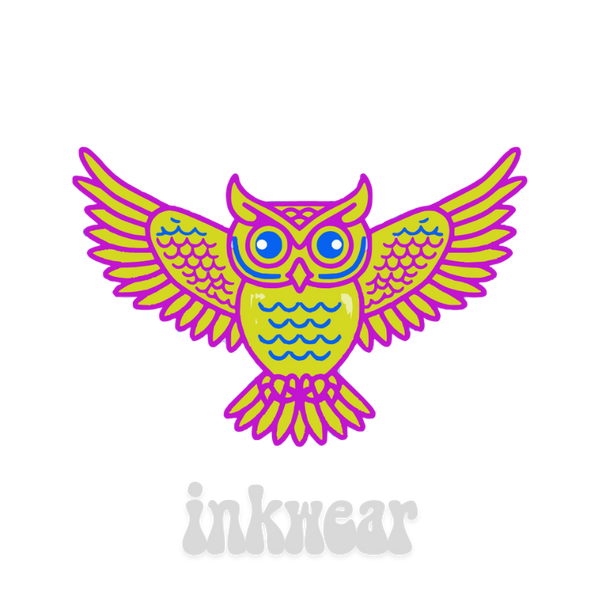Sustainable fashion is no longer just a trend; it's a movement that is gaining momentum worldwide. As consumers become more conscious of the environmental impact of the fashion industry, designers and manufacturers are seeking innovative ways to reduce their carbon footprint. One area that has seen significant progress is the development of eco-friendly dyes. These dyes offer a sustainable alternative to traditional dyeing methods, minimizing the harmful effects on the environment and human health.
What are eco-friendly dyes?
Eco-friendly dyes are a type of dye that is produced using environmentally friendly processes and materials. Unlike conventional dyes, which often contain toxic chemicals and heavy metals, eco-friendly dyes are made from natural or low-impact synthetic materials. They are free from harmful substances such as azo dyes, formaldehyde, and heavy metals like lead and cadmium.
How do eco-friendly dyes contribute to sustainable fashion?
Eco-friendly dyes play a crucial role in sustainable fashion by reducing the negative impact of dyeing processes on the environment and human health. Here are some key ways in which they contribute:
1. Water conservation: Traditional dyeing methods require large amounts of water, which often leads to water pollution due to the discharge of untreated wastewater. Eco-friendly dyes are designed to minimize water usage and wastewater generation, helping to conserve this precious resource.
2. Energy efficiency: Eco-friendly dyeing processes are designed to be more energy-efficient compared to conventional methods. This helps to reduce greenhouse gas emissions and combat climate change.
3. Reduced chemical usage: Conventional dyes often contain toxic chemicals that can be harmful to both the environment and the workers involved in the dyeing process. Eco-friendly dyes eliminate or minimize the use of these harmful substances, making them safer for both people and the planet.
4. Biodegradability: Many eco-friendly dyes are biodegradable, meaning they can break down naturally over time without causing harm to the environment. This is in stark contrast to conventional dyes, which often persist in the environment for long periods, leading to soil and water contamination.
What are some examples of eco-friendly dyes?
There are several types of eco-friendly dyes available today, each with its unique properties and benefits. Here are a few examples:
1. Natural dyes: Natural dyes are derived from plant sources such as roots, leaves, and flowers. They have been used for centuries and offer a wide range of colors. Natural dyes are biodegradable and have a low environmental impact.
2. Low-impact synthetic dyes: These dyes are made from synthetic materials that have been modified to reduce their environmental impact. They require less water and energy compared to conventional dyes and have a lower toxicity profile.
3. Recycled dyes: Recycled dyes are made from waste materials generated by other industries, such as food waste or textile waste. By repurposing these materials, recycled dyes help to reduce waste and minimize the use of virgin resources.
The future of eco-friendly dyes
As the demand for sustainable fashion continues to grow, the development and adoption of eco-friendly dyes are expected to accelerate. Researchers and manufacturers are investing in innovative dyeing technologies and exploring new materials to create dyes that are even more sustainable and efficient. The future of eco-friendly dyes holds great promise for a fashion industry that is both stylish and environmentally responsible.
By embracing eco-friendly dyes, fashion brands can make a significant positive impact on the environment and human health. As consumers, we can also play our part by supporting brands that prioritize sustainability and choosing garments that have been dyed using eco-friendly methods. Together, we can create a more sustainable and vibrant fashion industry for future generations.

